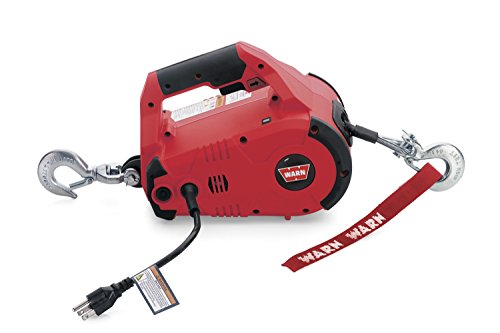- Joined
- Dec 3, 2009
- Messages
- 22,446
- Reaction score
- 265
- Location
- Van Nuys Ca.
- My Bike Models
- 1983 Interstate
2018 KLR 650
2018 BMW S1000 RR
- My Bike Logs forum link
- https://classicgoldwings.com/forums/dan-filipi.122/
I had a car once with a vacuum meter in the dash.
It had a scale on it red, yellow, green. For best fuel economy keep it in the green.
A recent thread here got me to thinking how I could put something like this on the bike.
Without some kind of gauge and relying only on feel, sound and throttle twist it's hard to know what the best speed and rpm is to be running on the highway for best mpg.
I had a vacuum operated cruise control on mine in the past.
I tapped vacuum hose fittings into the intake pipes so I think I'm part way there but how would I make this so the vacuum needle would be smooth and could I tie 2 intakes together with a tee without affecting mixtures.
It had a scale on it red, yellow, green. For best fuel economy keep it in the green.
A recent thread here got me to thinking how I could put something like this on the bike.
Without some kind of gauge and relying only on feel, sound and throttle twist it's hard to know what the best speed and rpm is to be running on the highway for best mpg.
I had a vacuum operated cruise control on mine in the past.
I tapped vacuum hose fittings into the intake pipes so I think I'm part way there but how would I make this so the vacuum needle would be smooth and could I tie 2 intakes together with a tee without affecting mixtures.


















































